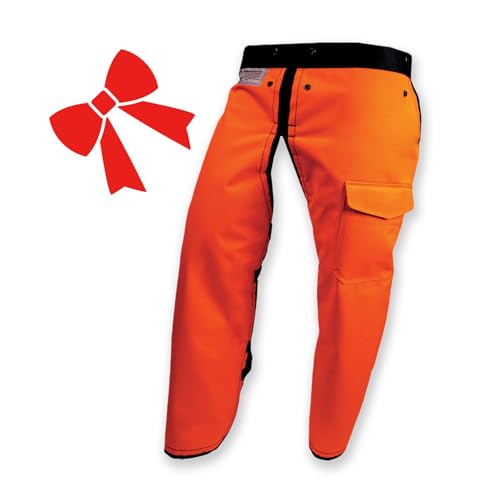JungleBiker
ArboristSite Lurker
Ordinarily I would agree 100% with Lake on the bearing thing, but I have found that there is a number of rollers, (can't remember the exact number right now as I don't have it in front of me), but there is a number of rollers that is a very nice fit in the space available. But nevermind that, it's off the subject a bit.
The 090's I see here are manual oilers, so maybe that's why they don't have oil pump problems! It's been a while since anybody dragged in a 3120, so I can't remember if they are auto-oilers or not, but I do know that although I have seen clutch problems on the big Huskys, (definitely operator error that time), I've not seen oiler problems. I have seen a little top handle Husky, (335 XP, I think?) that had the teeth stripped off of the oiler drive, but that one had lived a long, hard life full of abuse. I ended up replacing the crank/rod/main bearing assembly, the piston and rings, the oil pump and drive, carby diaphragms, clutch, pullstarter, etc., etc. Turned out good in the end. Nice little saw. New saws are terrifically expensive here, so the owner thought it was worth it to basically fill the cases with new bits.
Back to the 088--has anybody else out there ever melted down the oil pump drive gears and the clutch bearing cage for ANY reason?
The 090's I see here are manual oilers, so maybe that's why they don't have oil pump problems! It's been a while since anybody dragged in a 3120, so I can't remember if they are auto-oilers or not, but I do know that although I have seen clutch problems on the big Huskys, (definitely operator error that time), I've not seen oiler problems. I have seen a little top handle Husky, (335 XP, I think?) that had the teeth stripped off of the oiler drive, but that one had lived a long, hard life full of abuse. I ended up replacing the crank/rod/main bearing assembly, the piston and rings, the oil pump and drive, carby diaphragms, clutch, pullstarter, etc., etc. Turned out good in the end. Nice little saw. New saws are terrifically expensive here, so the owner thought it was worth it to basically fill the cases with new bits.
Back to the 088--has anybody else out there ever melted down the oil pump drive gears and the clutch bearing cage for ANY reason?

























































